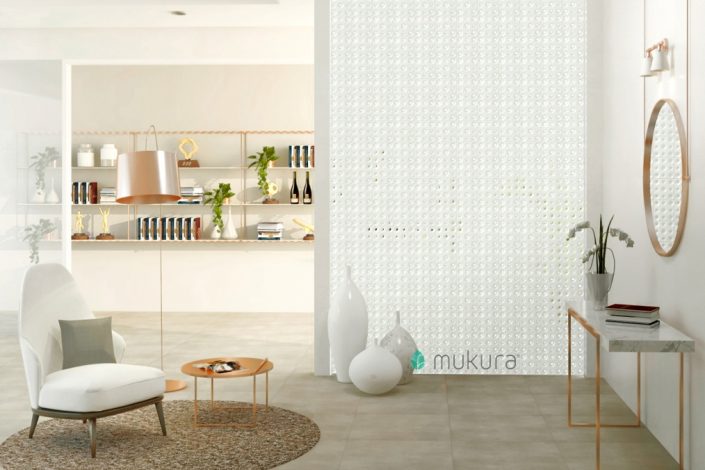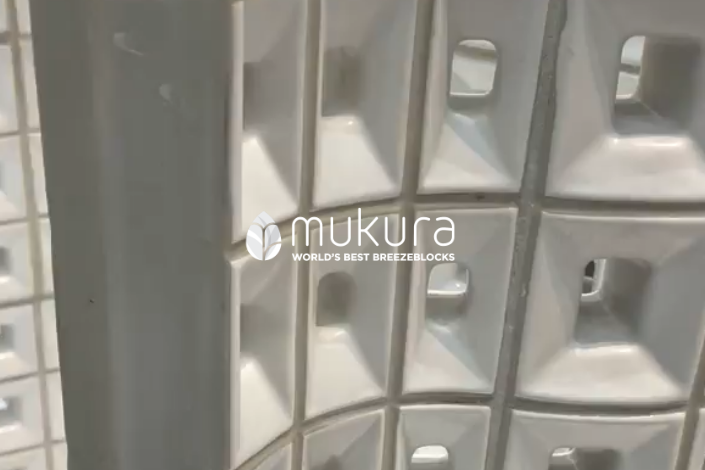News & Events, Trending Events | Thursday March 31st, 2022 10:00 AM
Hanok Architecture with its “Sustainable” Charm
Hanok Architecture, Eco-Friendly Houses in Korea
Hanok architecture is a traditional Korean house that has a long history. This house is designed in a contemporary building style. This place is a quiet place. Allows its natives to coexist in simplicity. Traditional Korean architecture reflects deep spiritual connections. Between a person and the world they inhabit.
1. Hanok, what is it?

The fron of Hanok architecture (Source: Wikimedia Commons)
Hanok refers to houses built in the traditional Korean style. also called as Chosun house. Usually there is a mountain view behind the Hanok. Each hanok can be distinguished in various features. Built according to the regional environment. Such as the distance and direction of wind, water, land and mountains – and to fulfill the personal and distinctive purpose of the owner. Traditional architecture in Korea has evolved throughout the dynasties; Hanok of the Chosun Dynasty remains the most popular. Myeongjae Hanok is an outstanding example of the high-class Hanok of the Chosun Dynasty. Well preserved to date. Today, most of the traditional hanoks that are still used for housing have modern amenities installed in them.
2. The charm of Hanok

Example of a Hanok house from the inside (Source: Wikimedia Commons)
There are two main charms to hanoks. The first is OnDol’s unique heating system. Layers of stone are laid under the floor and when heated. Then the heat spreads to every room of the house, keeping the floors and air warm in winter. The use of ondol has influenced Korean culture with the lifestyle of sitting on the floor, even in modern times. Since the floor is used for eating, sleeping, and general leisure, people take off their shoes when entering Korean homes. This particular started with Hanok and the OnDol system.
The second interesting point to Hanok houses is that they are eco-friendly. The materials needed to build the Hanok house are free of chemicals. Make it a healthy environment. The pillars, doors, window frames, and floors are wood, while the walls are a mixture of straw and dirt. Stone was used for basements and walls, along with clay. Wood is used for all exterior and interior structures and most furniture. Hanji, a kind of traditional Korean paper made from the bark of the mulberry tree, is a very important feature of the Hanok House. Lubricated with oil and water repellent used to seal windows, doors and clothing walls and ceilings.
3. Characteristics of Hanok

The yard of a Hanok house with lots of nature elements (Source: pxhere.com)
The characteristics of Hanok are beautiful examples of eco-friendly architecture that supports the natural surroundings in its construction and the well-being of its occupants. The size of a Hanok House can dramatically vary, from a single unit, to a group of dozens, according to the status of the owner. Hanok Houses can also vary in shape, according to the climate. In northern areas, where the weather is cooler, Hanoks are usually rectangular in shape and built around courtyards. This closed shape helps block wind and retain heat for occupants. In central areas, where the climate is milder. Hanok usually has an l shape. In the south, where the climate is warmer, Hanoks are usually built in a straight line. Often with a cooling floor feature to allow for better ventilation.
Traditional Hanok houses belonging to the upper and middle class have original tiled roofs (GIWA), which can vary in form and aesthetics. The roof edge (cheoma) can vary in length from place to place. Its function is to control the amount of shade and sunlight. Houses for lower class people can have thatched roofs made of straw (choga).
How? Interested in visiting Hanok in Korea?



